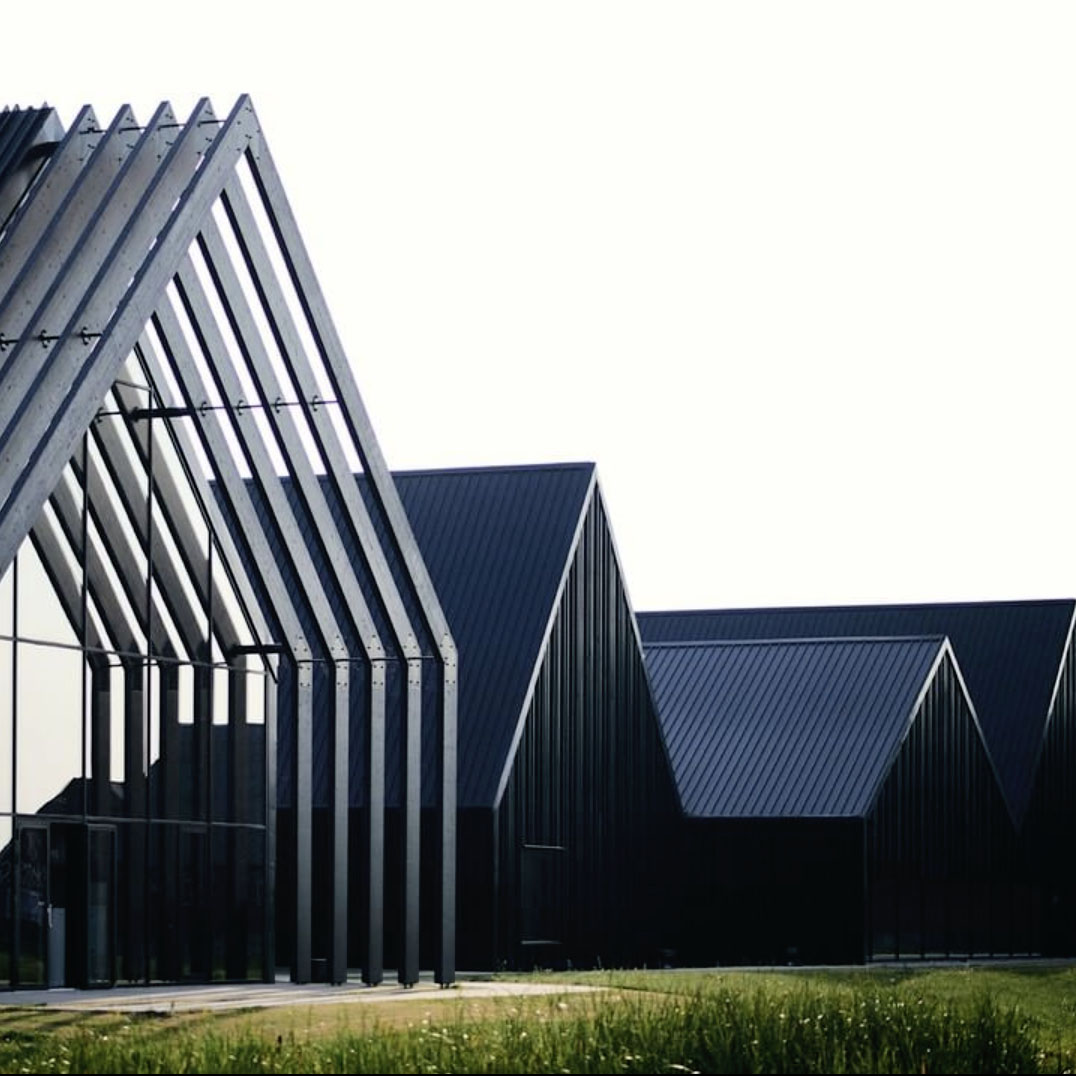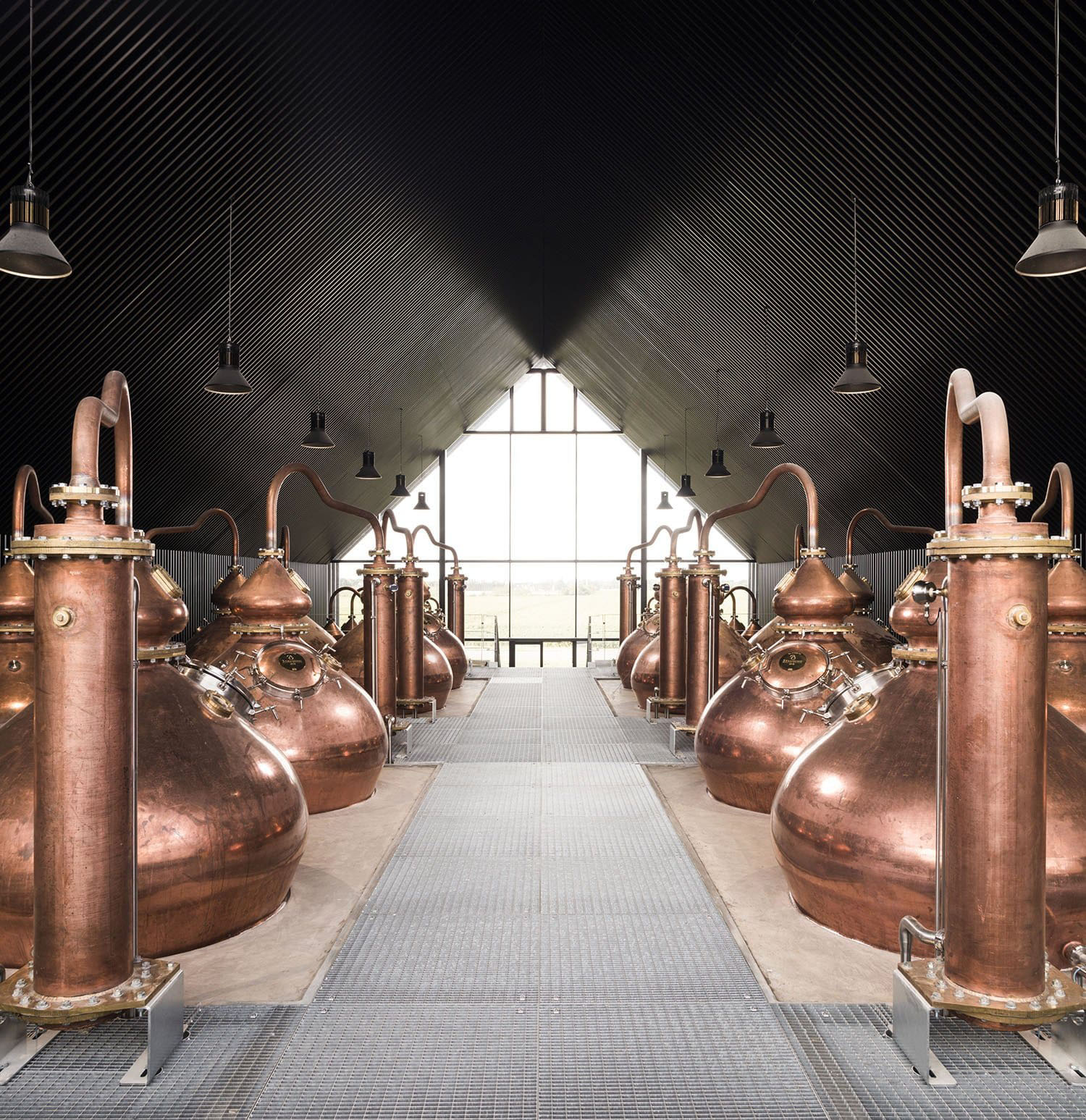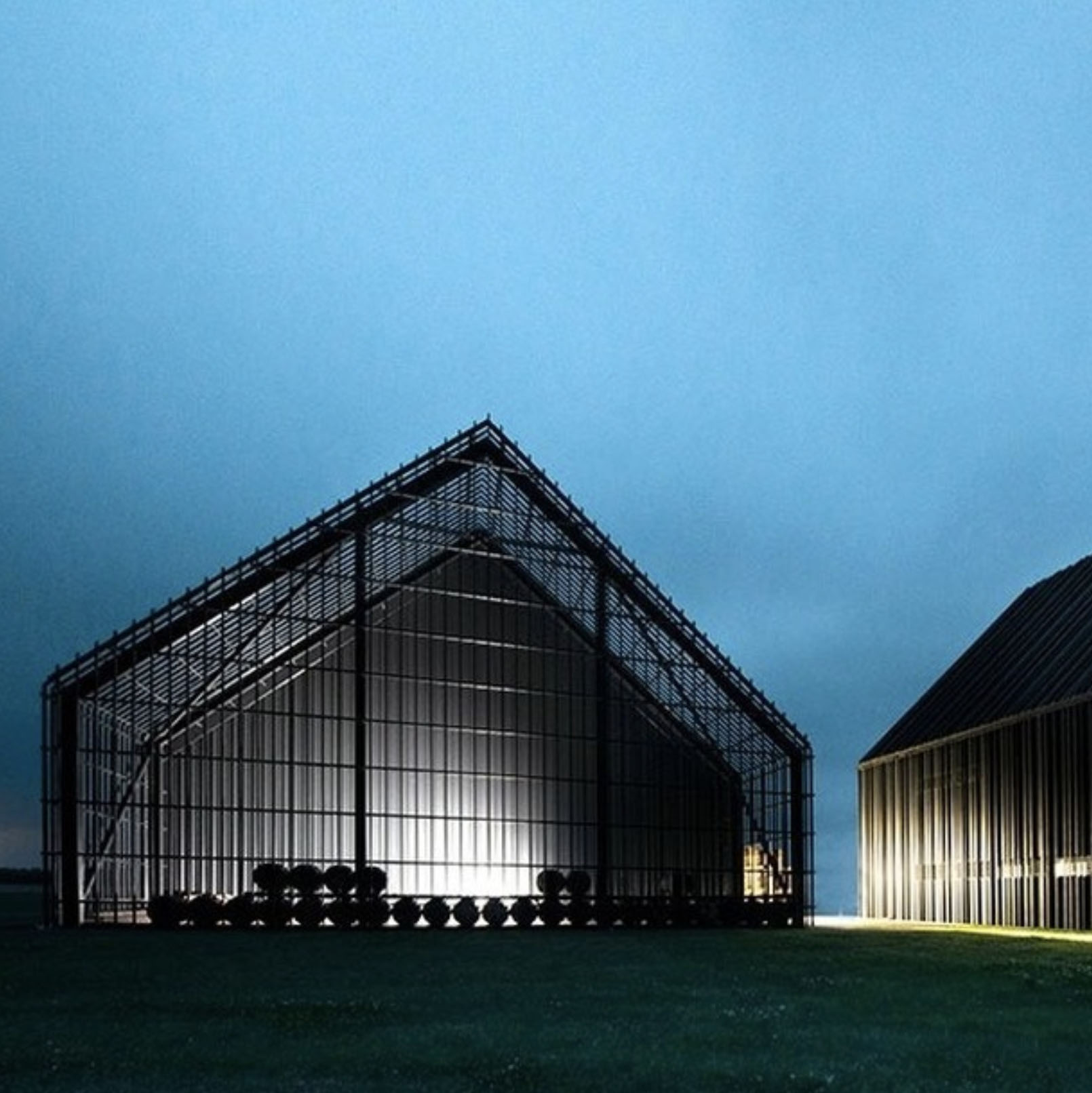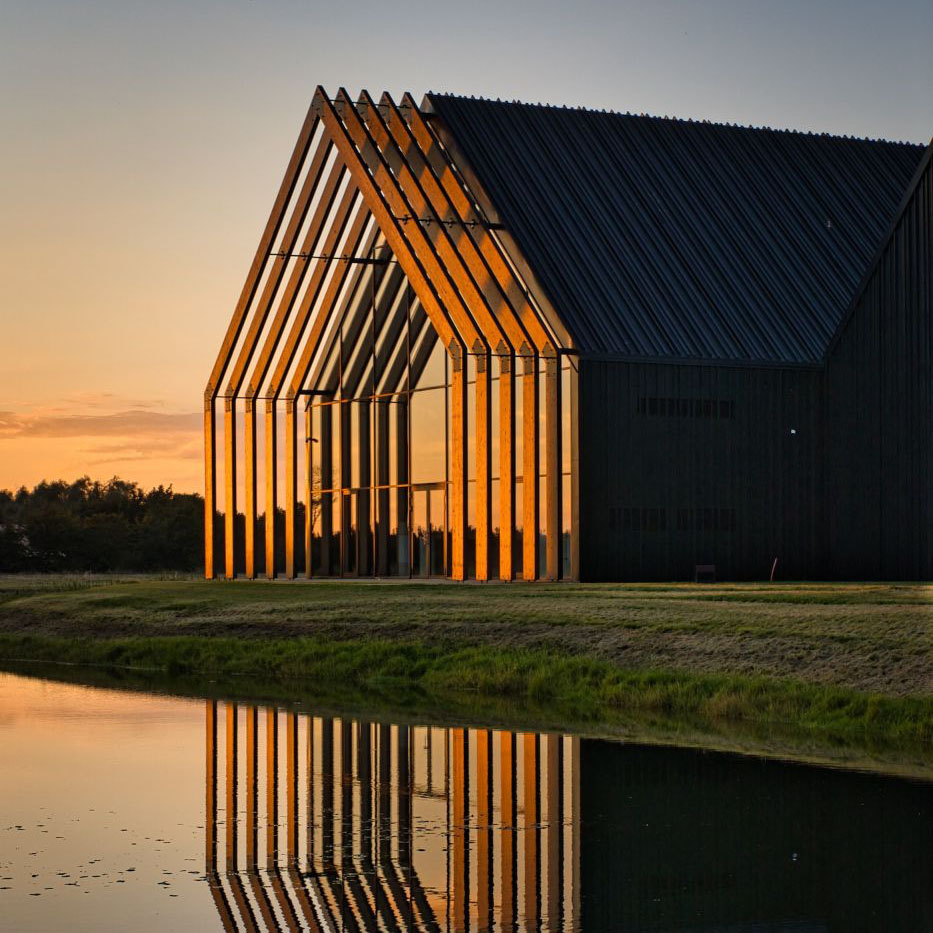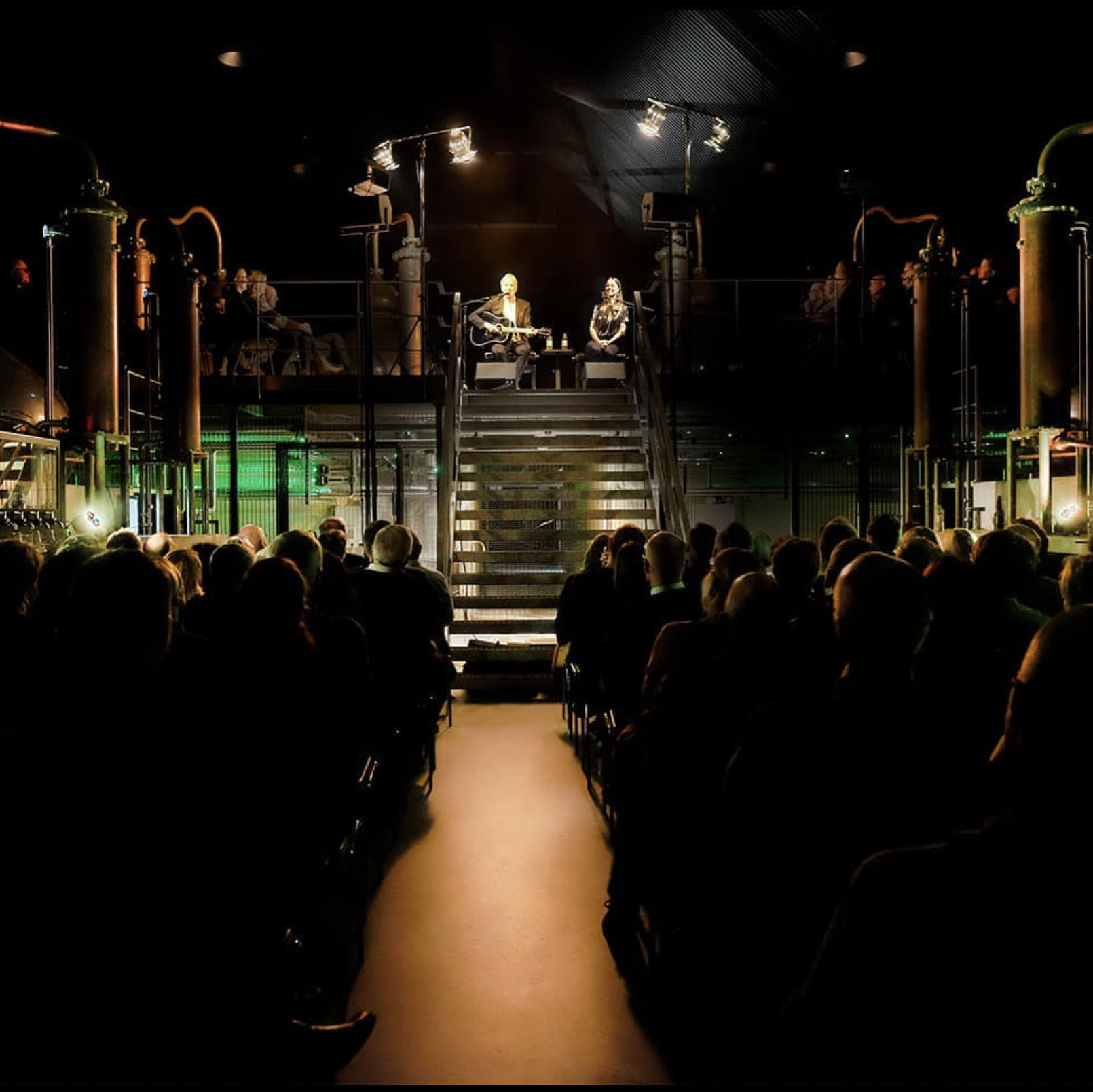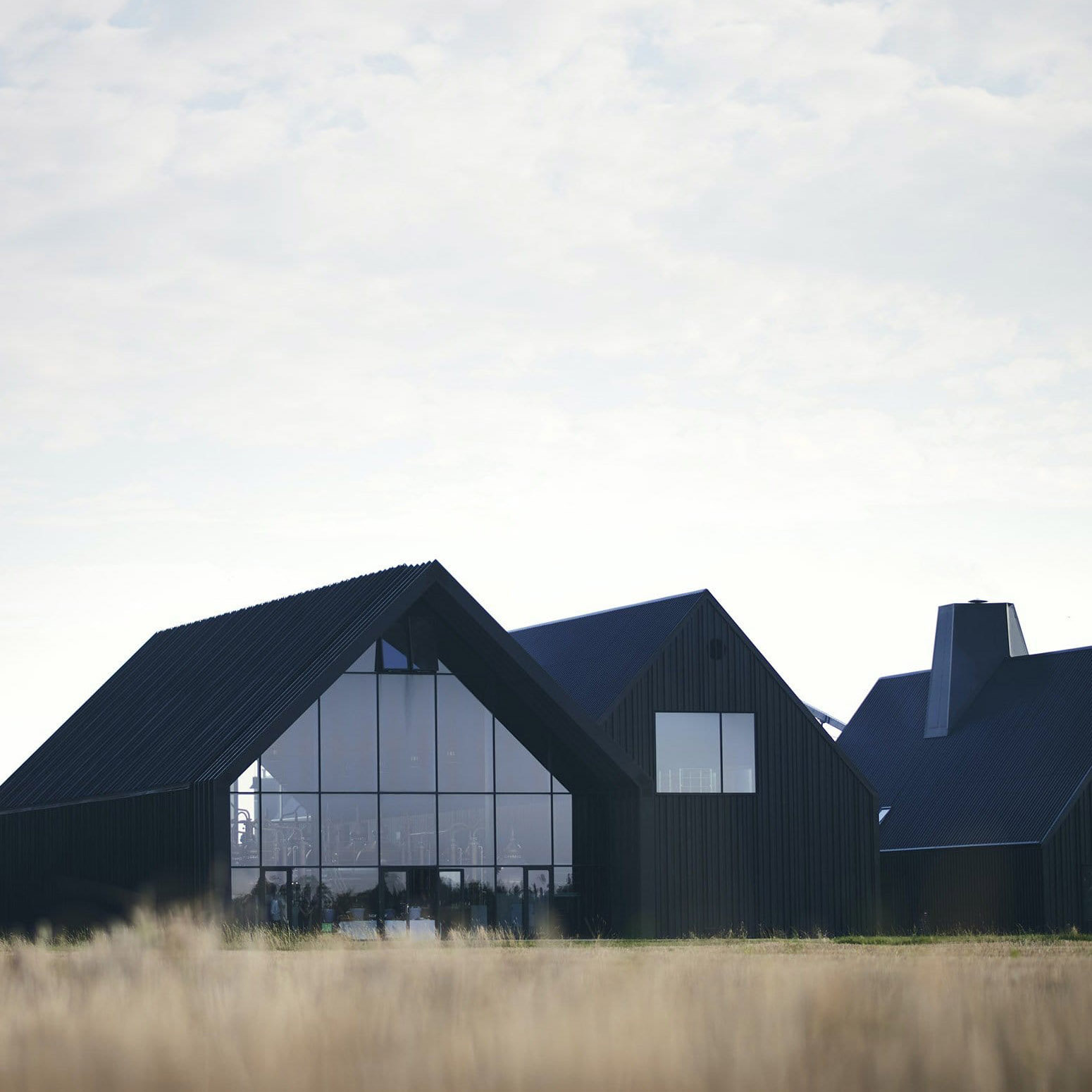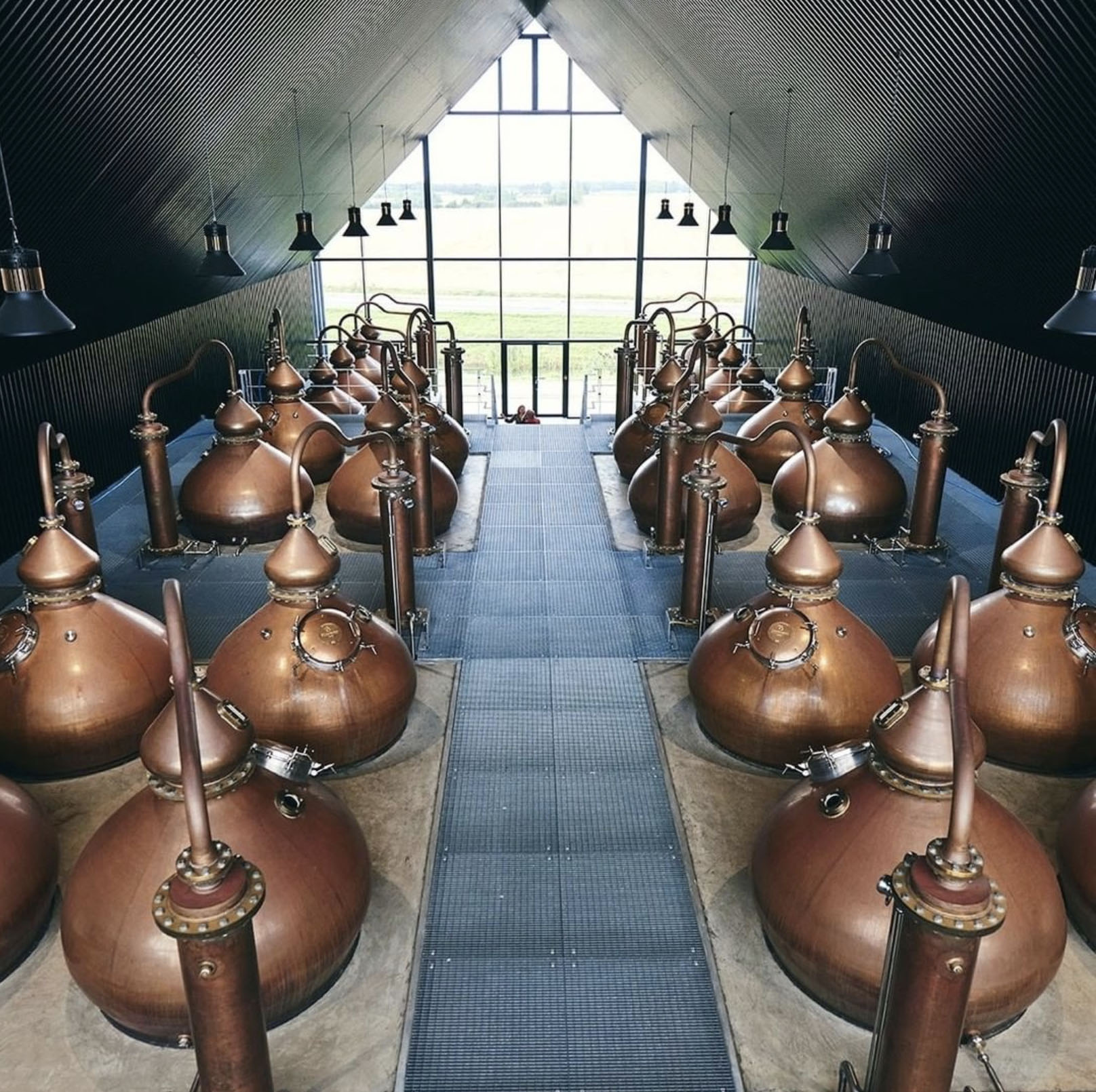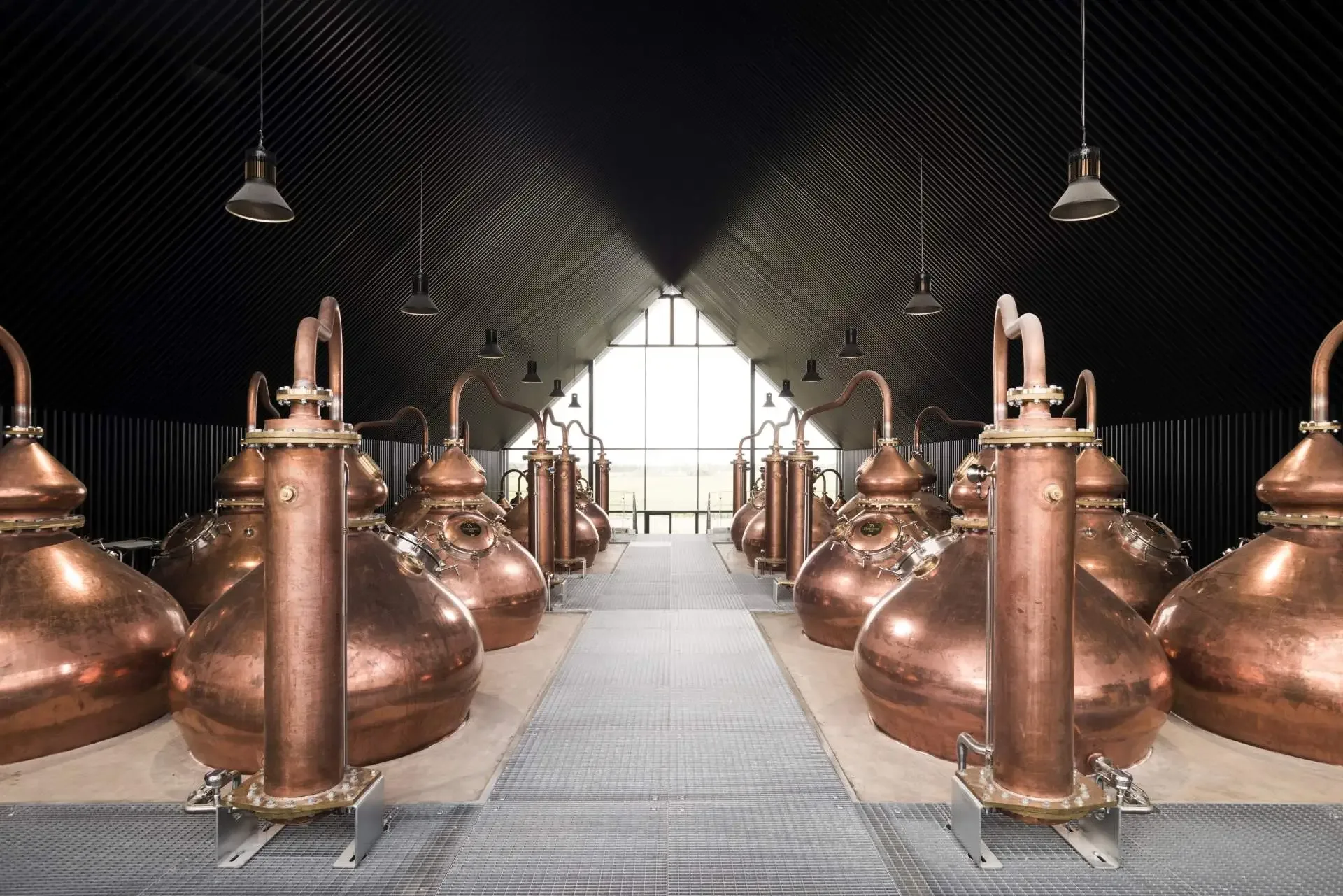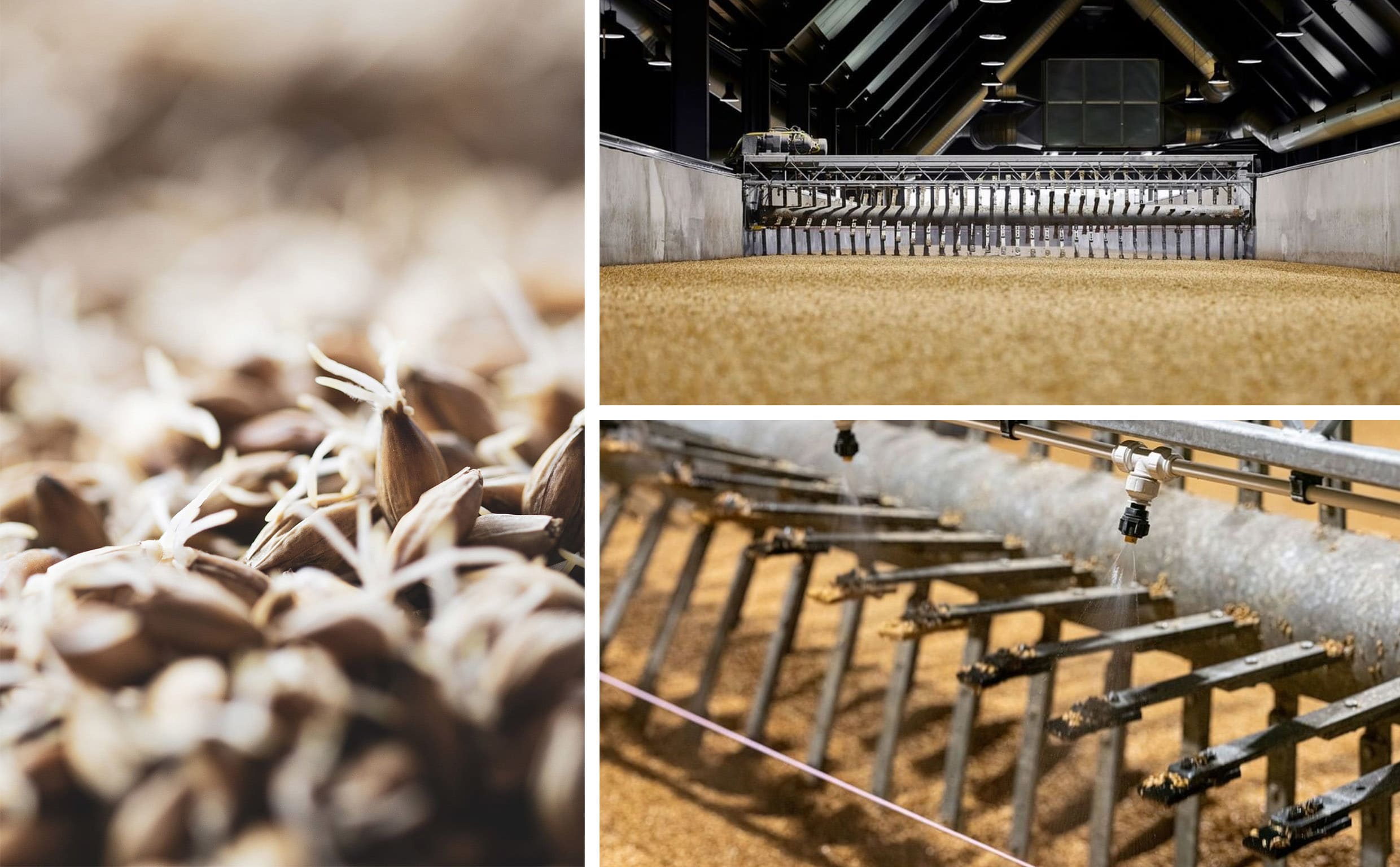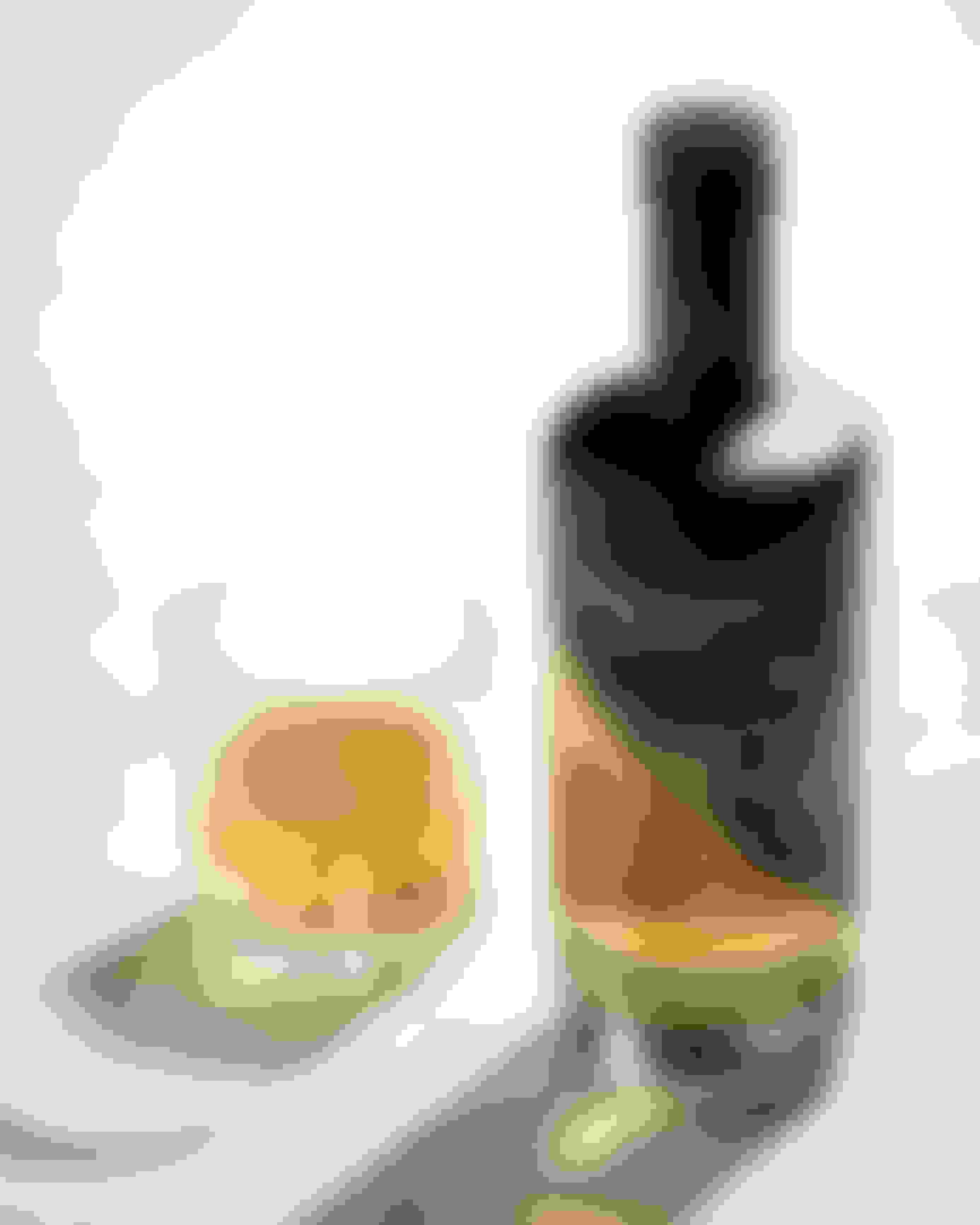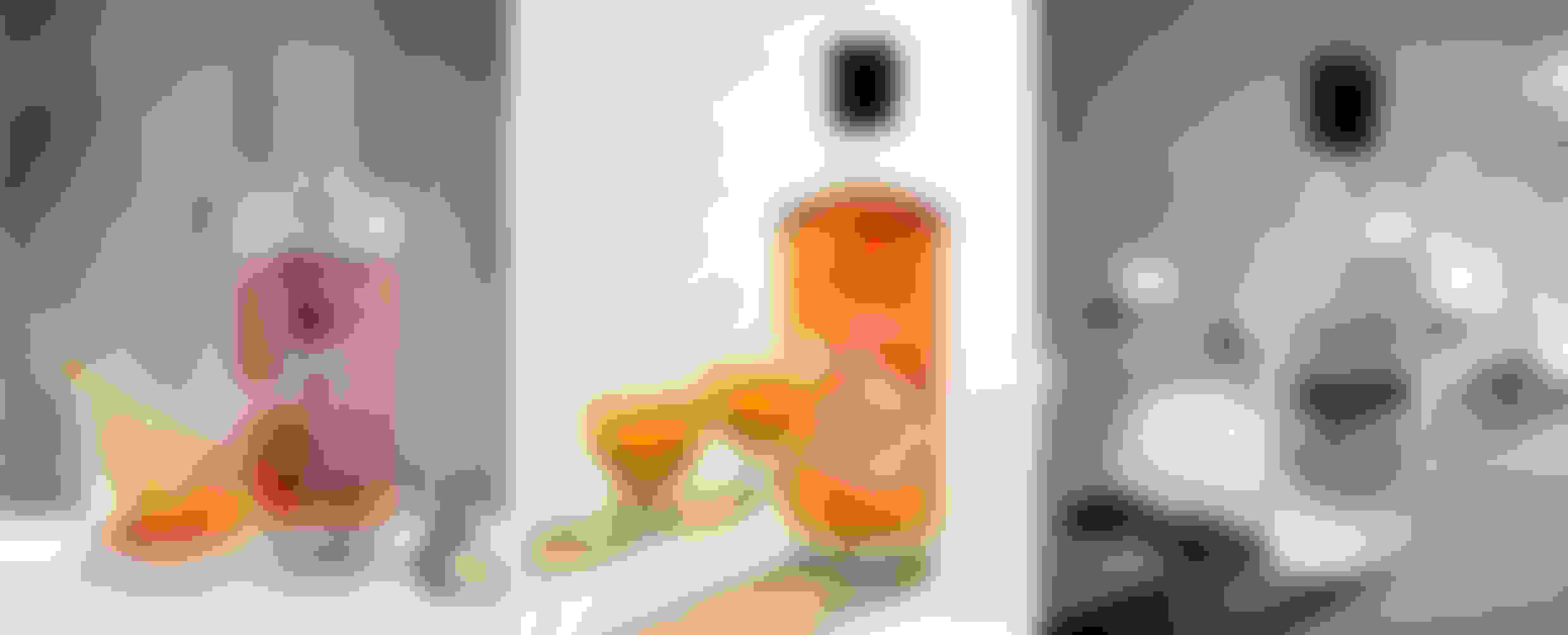“It was awful,” says Mogens Vesterby, standing in his former butcher’s shop and pulling a face, while his son Lasse shows me around the meat-processing equipment that was used to produce the first rough expression of Stauning Whisky. “My father didn’t like whisky,” says Lasse. “He has changed about that now, but at that time he didn’t.” Mogens and Lasse are two of the nine co-founders of Denmark’s first whisky, which is produced here in the small village of Stauning (population: 356) in West Jutland.
Precisely how they went from Googling ‘how is whisky made?’ in 2005 to being wooed by Distill Ventures, Diageo’s small-business investment accelerator) who invested £10 million in the project in 2015 to having Noma, the world’s best restaurant, delist all other whiskies in favour of theirs, is the stuff of fairy tales. Suffice it to say, no-one is manually pouring barley into Mogens’ remodelled meat grinder anymore.
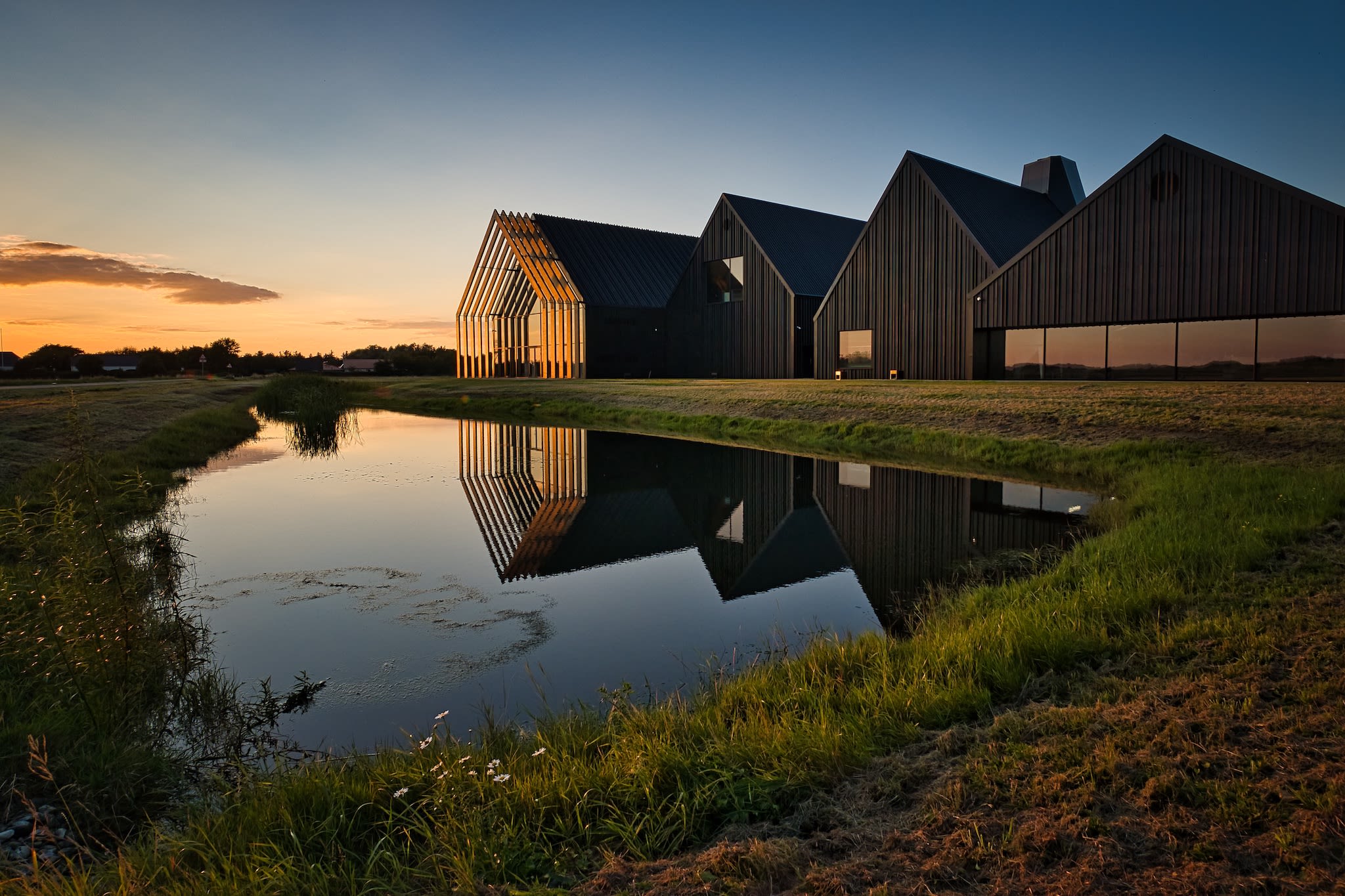

Since 2018 a purpose-built distillery, just two kilometres from the old butchery in the village of Stauning, has been open to the public. It’s a feat of architectural awe. I stand outside it in the Danish drizzle with Lasse, admiring the six gabled barns that look a bit like Nordic display homes, lit up at night, so that drivers passing by can look inside at the whisky-making process. One of the design aims was to evoke the style of nearby fishers’ houses, using black charred wood, steel, concrete and huge glass windows.
Morten Nymann from Aarhus-based LOOP Architects is a friend of one of the co-founders Alex Munch, or as Lasse Vesterby puts it “there’s always someone in the nine [co-founders] that knows someone who can help with something”. Morten began sketching loose ideas for the bespoke distillery many years ago. “After that, Alex came to me one Sunday afternoon and asked me to make a design that he could bring to Diageo,” says Morten over email. “In a few days!”
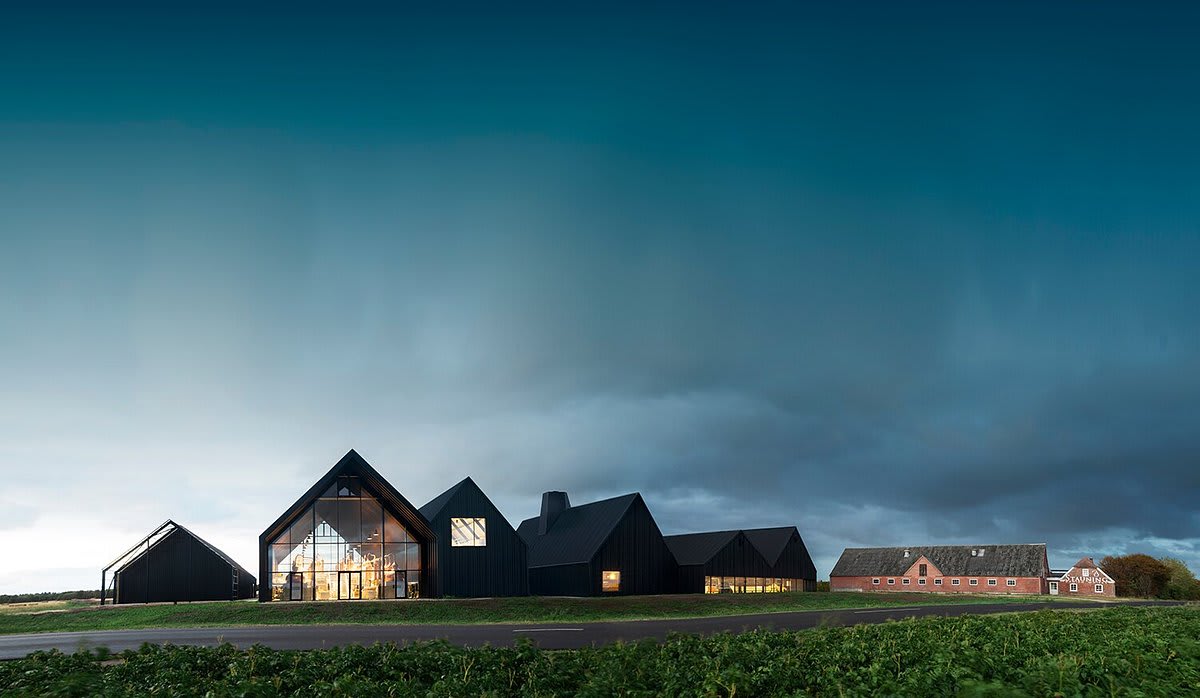

The distillery has won numerous design awards, most recently in October 2020 from the Danish Arts Foundation (funded by the Danish government), in its first- ever nod to Danish architecture, recognising its enrichment of the local environment and community as well as its form and function.
Morten was keen to ensure the design melded with the landscape of Stauning, set amid vast flat fields. Indeed, my favourite view in the distillery is from the second floor of one of the barns: standing next to perfectly symmetrical rows of 24 small copper pot stills, with gabled windows at both ends of the building letting in light, and the glow of green fields visible in whichever direction I turn my head.
“It’s very Danish,” says Morten. “And poetic at the same time.” Lyrical, even. “We have some sound insulation in the roof,” says Lasse, luring me further along the rows of glowing pot stills. “So, the acoustics are rather nice; we had a concert here [Steffen Brandt, lead singer from Danish band TV-2, performed an intimate gig for 80 people within Stauning Distillery in October 2019]”.


